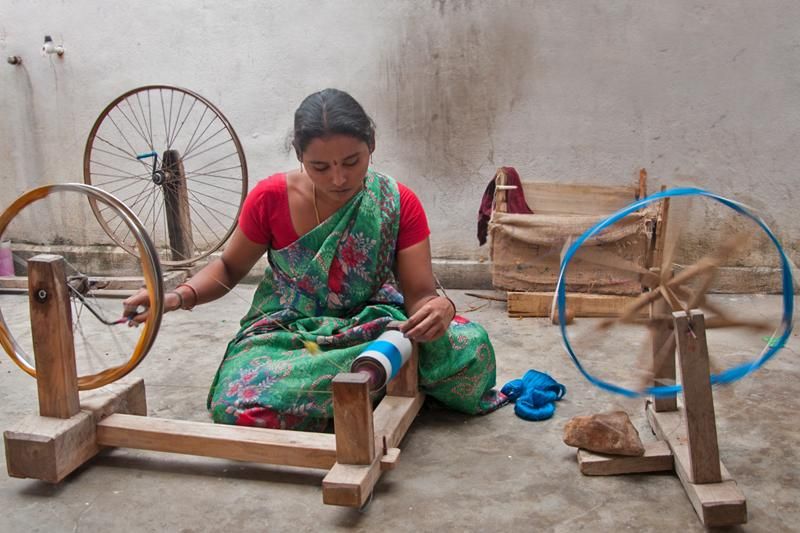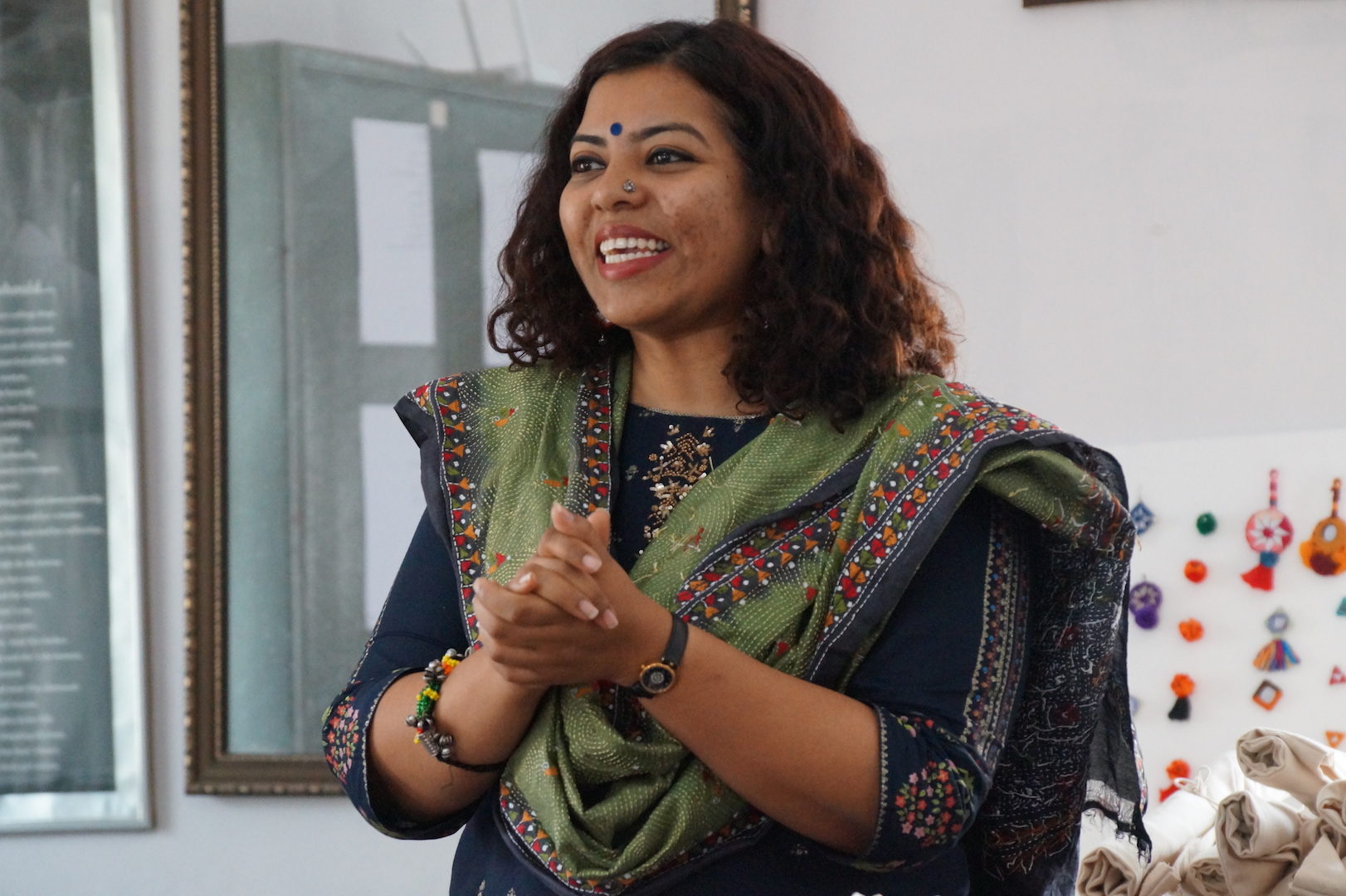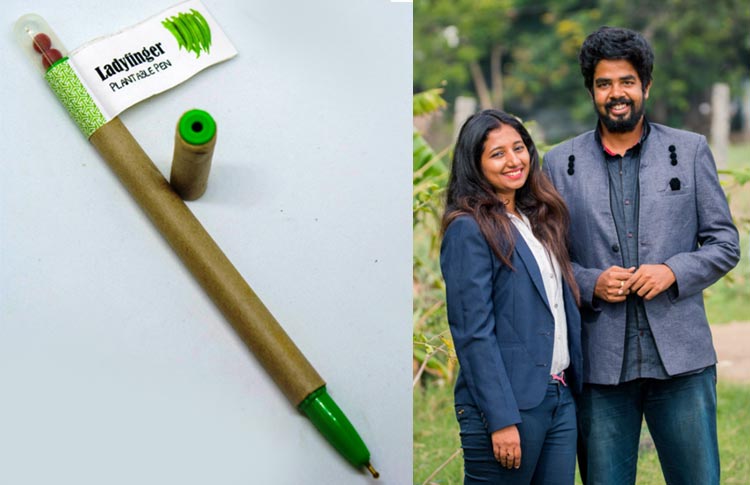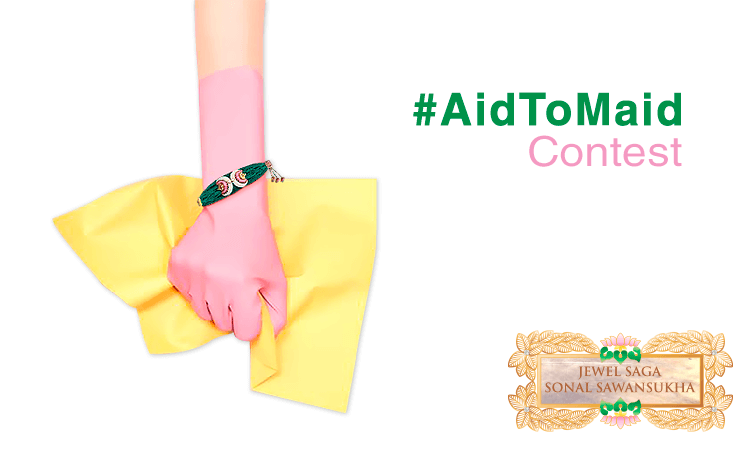Wildlife Conservationist Prerna Bindra On How To Save The Planet by Opening Our Eyes To Nature
- IWB Post
- November 29, 2018

“Be it a tiger, a small bird, or big animals like elephants or rhinos, their first instinct on seeing us is to run or attack. Have you ever stopped to ponder the ‘why’ here? Casting them out of their land, staking claim over it and killing them for their skin, tooth and what not- it’s our fault. So, though we claim them as the soulless monsters, guess who is the real villain in this story?”
Prerna Singh Bindra, a wildlife conservationist and writer, has been fighting for over a decade for the rights of those who can’t utter words in their defense. In a country where a woman has to literally survive hell to attain her most basic rights, a single woman railing for the protection of others… well, calling her just courageous will be a grave understatement.
I was immensely influenced by this magnificent personality and just so that you are not bereft of this opportunity, here is the insightful conversation I had with her. Excerpts:
So, was young Prerna as bold and badass when it came to protecting the wildlife?
Yep, I’ve always loved animals. Growing up around a compassionate mother who regularly put water out for birds and langurs, who never turned away a pup or monkey if they came for food or water added to my love for animals. I was a shy child, an introvert who had her nose buried in her books, preferably in the crook of a tree in the company of birds, squirrels, the occasional mongoose scurrying below.
Prerna has served on Uttarakhand State Board for Wildlife and has been a member of National Board for Wildlife and part of its core Standing Committee between 2010-13. She is a part of a team of the National Tiger Conservation Authority (NTCA) which assesses the Management Effectiveness of tiger reserves in an IUCN framework
She has written books like The Vanishing: India’s Wildlife Crisis, When I grow up I want to be a Tiger, Voices in the Wilderness and The King and I: Travels in Tigerland.
Sounds like you shared a rather special bond with nature.
Ah, nature was my home. Part of my childhood was spent in old bungalows with rambling backyards where I would watch squirrels and other animals. I even rescued a baby bird from the clutches of a cat once, and in one memorable encounter was privy to a mongoose-snake tussle. Growing up, I have watched woods and wetlands destroyed to make way for thermal plants and malls, and all of it had always pushed me to take the plunge into conservation, to save the world I grew up in.
Gerald Durrell and his hilarious adventures and M Krishnan’s nature column in The Statesman, which brought animals to life played a crucial role in shaping my consciousness. But Rachel Carson proved to be the ultimate inspiration.
I seem to have heard her name, I can’t recall why but I remember she wrote some articles years ago.
Yep, she had written this series of three articles called Silent Spring in the 1960s. They were on how pesticides impact nature, as the title says it itself, because of the chemicals the spring fell silent, there were no birds as they were dead after consuming the infected water. It also talked about how it impacted human health and primarily talked about women’s health as after drinking it they suffered from cancer and passed the toxins to their babies through their milk.
It was after her article that protests started against pesticides to the extent that they were banned completely in many places. She was a lone woman and was pressurized, threatened and forced to take back her words but she never lost her courage. A single woman had made a difference through her knowledge, research and courage- it a was a moment of realization for me that I don’t need an army behind me to wage a war against the wrong, I, alone, am enough.
Prerna’s work has contributed to the creation of new Protected Areas such as Nainadevi Himalayan Bird Conservation Reserve and Nandhaur Wildlife Sanctuary in Uttarakhand.
She has also intervened to halt projects detrimental to wildlife such as the making of a ropeway through the nesting grounds of critically endangered vultures in Girnar Wildlife Sanctuary, Gujarat.
Exactly, but coming back to India’s wildlife, what do you think is the core of India’s wildlife crisis?
Well, the core is overflowing with reasons and I can tell them all if you’ve the patience. (I nodded my head in affirmation before remembering that she can’t see me and hurried to breathe out a quick ‘yes’)
Crimes like poaching, where wild animals are ruthlessly killed, whose market is driving many species to the brink of extinction—from turtles (for meat) to owls (used in black magic) to beetles (for private collections).
The pangolin, which is an elusive, nocturnal animal is being trapped, and killed for its meat and scales and sold in international markets- every death brings it one step closer to its extinction.
But can’t crimes like these be curbed if proper steps are taken?
Illegal wildlife trade is a multi-billion dollar industry, Apeksha, which is linked to terrorism and arms smuggling and we are unequipped to deal with it! There is 30% shortage of frontline forest guards and in reserves like Palamu in Jharkhand, it crosses 90%! Wildlife Crime Control Bureau is understaffed, and conviction rates of poachers is less than 1%.
She has consistently pushed for improving the welfare of frontline forest staff, including in the National Board for Wildlife. She has also been working with states to bring about institutional reforms for frontline forest staff; as well as engaging with management and staff on the ground.
That is… concerning. What else is our wildlife up against?
Habitat destruction and fragmentation. 20%- that is the only amount of land under forest cover in India. And even this meagre amount is coveted by industry, real estate, infra and agriculture. With reckless development projects like railway lines, wires criss-crossing the reserves, highways, canals plus there are villages, temples, mines within and around these areas, they are always under pressure.
For example, Sariska in Rajasthan. With a cattle count of two lakhs within and around the reserve, it not only competes with resources of the wildlife but also increases the human-wildlife conflict. Forest corridors are being destroyed which used to connect these small, islanded tracts of forest which traps the wildlife in small isolated spaces leading to a genetic dead end, human-wildlife conflict, inbreeding and inevitable local extinction.
But the single biggest threat, the root of this crisis is the collapse of political will and support to conserve wildlife because they can’t vote, can they? So, why make promises to protect them and at least make a half-hearted attempt to fulfil those promises?
She has been awarded the ABN-AMRO Sanctuary Asia Wildlife Service Award, 2007 for in-depth and consistent coverage of conservation issues and the Carl Zeiss Wildlife Conservation Award, 2007 for excellence in networking and engaging the public at large for the cause of wildlife conservation.
A sad truth but unfortunately a reality. Prerna, is there some particular reason that there is human-wildlife ‘conflict’ in place of a connection?
Because we never knew about this ‘connection.’ As cities expand we get boxed in apartments, in our hectic time-tables. I lived in a room on a terrace in Bombay and when my 4-year-old niece visited me, she stretched her neck to see the sky and her jaw was hanging open in surprise because till then she has not witnessed the sky in its infinite expansion. A child whose parents didn’t have the time to show her the most basic things, can you expect her to grow up, bonding with nature?
I agree that in the polluted air that surrounds us, it is not advisable for children to play outside as we used to but whose fault is that again?
Prerna speaks at various forums and leverages media for conservation. She has helped organize media workshops both at the national level and in smaller towns close to Protected Areas to gain support for wildlife conservation in the media.
So, is it possible to build that connection again?
I certainly hope so but a once-a-year visit to a sanctuary or the zoo ain’t gonna fix it. All you need to do is open your eyes to the nature that exists all around us. Like I live in Gurgaon, termed as the hub of pollution, but I found my nature here. Every morning I feed birds and you don’t know the varied species who come to me. I have made a small garden here and I watch as birds come and make their nests here, giving me a heaven away from heaven.
I just opened my eyes, my heart, I made sure to never use pesticides in my garden or drive away these birds or the frogs who come by sometimes. You can do it too.
It was Prerna’s report on the impact of tourism on Corbett Tiger Reserve that triggered the debate on tigers and tourism and ultimately led to the creation of buffers around reserves and guidelines for tourism in tiger reserves. She also pursued various important issues like consolidation and protection for key wildlife corridors, judicious identification and delineation of Eco-Sensitive Zones for Protected Areas, etc. She has been part of an effort to help protect the nesting grounds of vultures in Gujarat through her intervention in the Standing Committee of the National Board for Wildlife.
Certainly, but this conflict that already exists, how can we, on an individual level, stop it from spreading?
Embrace the curiosity in you, that’s what I did. Don’t let the wildfire in you die. Don’t let anything hinder you. See, I never enrolled in any specific environment-related course yet here I am!
If you care about nature than you do, if you don’t, well, it can’t be forced. And if that care exists, find a way to put that concern into practical uses. Join an NGO that supports your cause, do what I do in my home and build your nature- the paths are numerous.
And what about resolving the matter on a national or maybe international level?
Well, man has to ditch his fat ego and realize that he needs nature because the day human civilizations stop existing, nature will reclaim its land. So, it’s better we reclaim our senses before anything like this happens. Realize that the day you stop being monsters to wild animals, you’ll find them fascinating and not terrorizing.
Praying that day comes soon. So, earlier you mentioned not actually enrolling in any course for becoming an environmentalist.
…so what did I actually study?! (we both laugh) In our day, we did not plan careers. What we were expected to do was get a ‘normal’ and ‘respectable’ job and then settle down. I did start my career in management from Indian Institute of Management, Ahmedabad, as a Research Associate. But it bored me to tears and the field of journalism had this magnetic pull and I finally gave in, quitting my job. But in those days, environmental journalism wasn’t an ‘attractive’ career.
We were expected to either give the services exam, do engineering or medicine, or became a teacher. No woman in our family had chosen such an unconventional career before, so naturally, my family was apprehensive, stressed and worried. I would go to remote forests which were ridden with insurgency, and regions which were unsafe, especially for a woman, and to top that I would travel all alone to these areas. Well, parents do worry but they never stopped supporting me and are my constant proud fans.
You kinda stressed on ‘especially women’ there, Prerna, and considering the flak women face in professions stereotypically marked for men, what has been your experience?
I will confess that it hasn’t been an easy feat. I have faced harassment, be it as a journalist, or as a conservationist. I have faced it in the fields and in the metros of Delhi and Mumbai- it was a battle that I fought alone.
I found that for a man to accept a woman in a leadership role is hard, more so at the decision-making levels. In many meetings in the MoEF (Ministry of Environment & Forests) or the Standing Committee (of the NBWL), me being the only woman, I had to work twice as much to be taken seriously. They had this typical attitude that how can a woman say something, how does she dare, who is she to talk.
First published on March 10, 2018.
- 0
- 0













